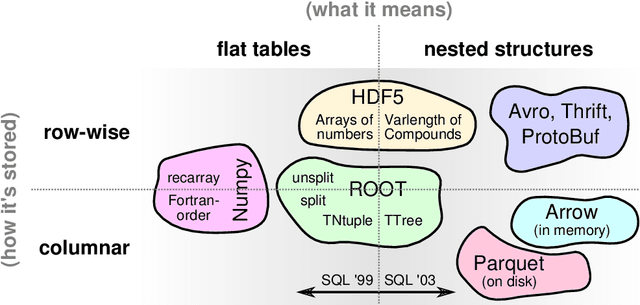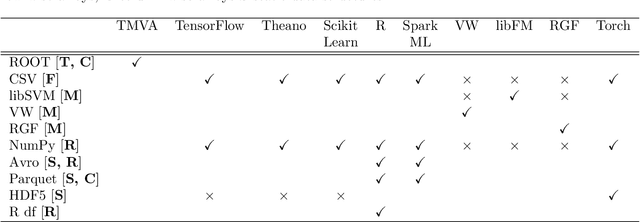Ryan Reece
Online Normalization for Training Neural Networks
May 28, 2019



Abstract:Online Normalization is a new technique for normalizing the hidden activations of a neural network. Like Batch Normalization, it normalizes the sample dimension. While Online Normalization does not use batches, it is as accurate as Batch Normalization. We resolve a theoretical limitation of Batch Normalization by introducing an unbiased technique for computing the gradient of normalized activations. Online Normalization works with automatic differentiation by adding statistical normalization as a primitive. This technique can be used in cases not covered by some other normalizers, such as recurrent networks, fully connected networks, and networks with activation memory requirements prohibitive for batching. We show its applications to image classification, image segmentation, and language modeling. We present formal proofs and experimental results on ImageNet, CIFAR, and PTB datasets.
Machine Learning in High Energy Physics Community White Paper
Jul 08, 2018


Abstract:Machine learning is an important research area in particle physics, beginning with applications to high-level physics analysis in the 1990s and 2000s, followed by an explosion of applications in particle and event identification and reconstruction in the 2010s. In this document we discuss promising future research and development areas in machine learning in particle physics with a roadmap for their implementation, software and hardware resource requirements, collaborative initiatives with the data science community, academia and industry, and training the particle physics community in data science. The main objective of the document is to connect and motivate these areas of research and development with the physics drivers of the High-Luminosity Large Hadron Collider and future neutrino experiments and identify the resource needs for their implementation. Additionally we identify areas where collaboration with external communities will be of great benefit.
 Add to Chrome
Add to Chrome Add to Firefox
Add to Firefox Add to Edge
Add to Edge